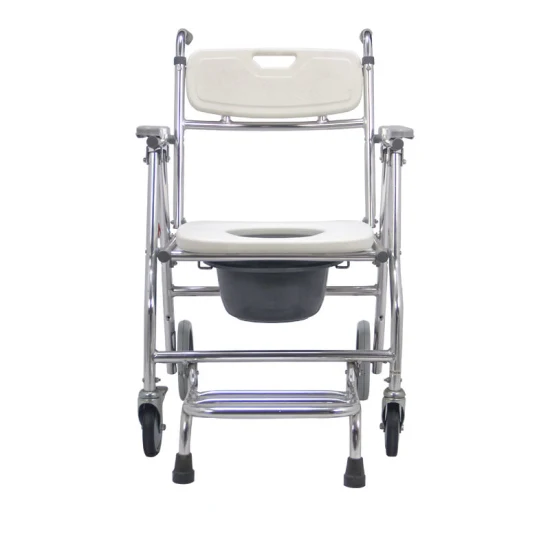Are you a weekend warrior?
Everybody’s working for the weekend. (Just ask the band Loverboy.)
When the weekend finally arrives, many workers transition from sedentary creatures to recreational athletes. These people often are referred to as “weekend warriors” – those who participate in a wide range of activities such as running, bicycling, hiking, rock climbing and more.
Make no mistake: Being active is incredibly important for your short- and long-term health. But weekend warriors also face heightened risks of injury, depending on the activity, and many end up visiting emergency departments or doctor offices.
What mistakes can cause problems for weekend warriors? To find the answers, Family Safety & Health interviewed two experts in the field: Dr. Mark Lemos, director of sports medicine at Lahey Hospital and Medical Center in Burlington, MA; and Dr. Eli Friedman, cardiology fellow with a specific interest in sports and athletic cardiology at the University of Pittsburgh Medical Center.
Below are six mistakes these experts say weekend warriors should avoid:
Look, there’s no easy way to say this: High school is finished. It’s OK to put down the letter jacket and embrace your new reality.
“Generally, the biggest problem is training errors,” Lemos said. “Everyone goes out and remembers what they could do in high school and college, whether it’s playing a competitive sport or doing a specific endurance event. Back then, you generally would train and condition for it – and, just inherently, you were in better shape and condition. Now, you don’t.
“After five days of sitting around, you say, ‘OK, I’m going to go for a 50-mile bike ride. Or I’m going to play five sets of tennis.’ You’re totally out of shape, you’ve done nothing Monday through Friday – and some people do, and those are the ones who do all right, the ones who do some cross-training and some conditioning and some strengthening – but most of the events, you need to build up to.
“Really, it’s just trying to do things that you could do when you were younger, but potentially you can’t do as quickly or as fast. Our minds know what we want to do for the sports that we’ve played in the past, but we aren’t always capable of it as our reaction times go down, our overall body weight goes up and our strength goes down.”
That leads to the next point: Take your time.
Let’s say you sign up for a popular obstacle course-style “mud run” during the fall. Start training during the spring, and make progress in small increments.
“I always tell people that if you increase your activity by about 10 percent per week – and you can measure that by how much weight you’re lifting, by how much time you’re spending in the gym, or running, or biking – you don’t want to go much faster than that,” Lemos said. “We live up in the Northeast, and the Boston Marathon is probably the classic example. People are inside all winter trying to get their mileage in on a treadmill or when there’s a few warm days, but they don’t get nearly to the mileage they need, and then they ramp up too fast and get some sort of overuse injury, which knocks them out of the marathon.
“It’s the same with bicycling. People will train for the Pan-Mass Challenge in the summer, and they might do a little riding over the winter, but we always seem to get behind. ... They’ll say, ‘Oh, I’ll just double my mileage this week. I shouldn’t, but I need to get to this number to do the event that I want to do.’”
Think about which activity you want to pursue. What equipment will you need to stay safe? Neglecting to wear a helmet in some instances could have fatal consequences. Other activities might require knee pads or shoulder pads or protective gloves. Do your homework. Wear your gear.
Shoes are another important piece of equipment for athletes who spend a lot of time on their feet. Friedman is a member of the Pittsburgh Marathon Medical Board, and he knows full well the injuries that can result from wearing the wrong shoes (or over-wearing the right ones).
“There are certain stores where they will put you on a treadmill, they will analyze your gait, and then they will recommend a shoe to you,” Friedman said. “Let’s say you are running a marathon or you’re going to run a race. Always wear the shoes that you’ve worn. Don’t put on a new pair of shoes the day before you run the race. That’s when you’ll get blisters and you’ll have problems.”
Safety+Health welcomes comments that promote respectful dialogue. Please stay on topic. Comments that contain personal attacks, profanity or abusive language – or those aggressively promoting products or services – will be removed. We reserve the right to determine which comments violate our comment policy. (Anonymous comments are welcome; merely skip the “name” field in the comment box. An email address is required but will not be included with your comment.)
1. You’re stuck in the glory days.2. You ramp up too fast.3. You fail to use the right equipment.You may also like
![Elderly Indoor Manual Aluminum Rollater Custom Logo Lightweight Mobility Four Wheel Rollator with Seat]()
Elderly Indoor Manual Aluminum Rollater Custom Logo Lightweight Mobility Four Wheel Rollator with Seat
Overview Product Description1) Material: Aluminum frame. Max User weight/capacity: 135 kgs. 3) Wheels: 10 inch EVA Front wheel, 8 inch EVA rear wheel . Wheels detachable with button. for small compact
![Frame Commode Chairs Over Toilet Cheapest Light Weight Plastic and Stainless Steel Wheelchair Rehabilitation Therapy Supplies]()
Frame Commode Chairs Over Toilet Cheapest Light Weight Plastic and Stainless Steel Wheelchair Rehabilitation Therapy Supplies
Overview Brither Medical Rolling Shower Chair, Commode, Transport Chair, FSA Eligible, Rolling Bathroom Wheelchair for Handicap, Elderly, Injured or Disabled, Rear Locking Wheels, 250 lb. Weight
![Economy Foldable Manual Wheelchair Direct China Factory Steel Wheel Chair with Competitive Price]()
Economy Foldable Manual Wheelchair Direct China Factory Steel Wheel Chair with Competitive Price
Overview Product DescriptionSteel WheelchairFrame Color: Chrome Plating,Fixed PVC Armrest with Black Color,Fixed Footrest,Stainless Steel Side Panel,8" Solid Front Castor,24" Spoke Rear Wheel with
![Wound Care New Products Surgiclean Medical Surgical Gauze Sterile Absorbent]()
Wound Care New Products Surgiclean Medical Surgical Gauze Sterile Absorbent
Overview Wound Care New Products Surgiclean Medical Surgical Gauze Sterile Absorbent Product Description 1. What is Surgiclean® Absorbable Cellulose Hemostatic Gauze?Absorptive gauze of oxidized





